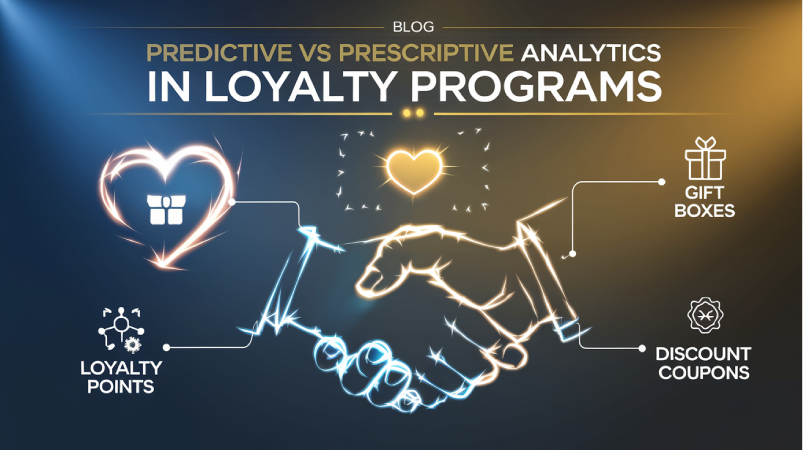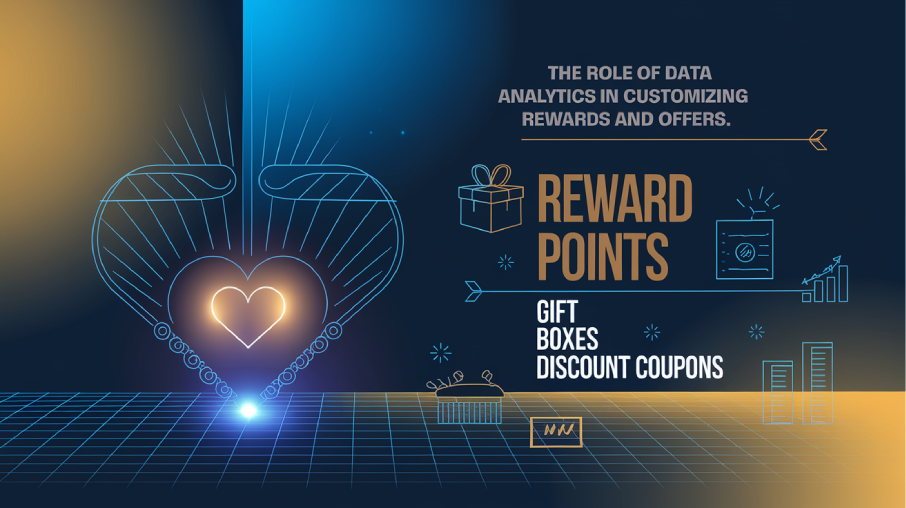
In the realm of customer loyalty programs, where businesses strive to enhance customer retention and maximize engagement, the integration of advanced analytics like predictive and prescriptive analytics has become increasingly significant. Both predictive and prescriptive analytics play crucial roles in shaping customer behavior and loyalty strategies but do so in different ways. Understanding these differences is key to leveraging them effectively in loyalty programs.
Predictive Analytics in Loyalty Programs
Predictive analytics involves using historical data, statistical algorithms, and machine learning techniques to identify the likelihood of future outcomes. In the context of loyalty programs, predictive analytics is used to forecast customer behavior, purchase patterns, and potential churn rates.
Applications:
-
Churn Prediction: By analyzing customer interaction and transaction histories, predictive analytics can identify which customers are likely to stop using a service or product.
-
Customer Lifetime Value (CLV) Prediction: This involves forecasting the net profit attributed to the entire future relationship with a customer, helping companies focus their efforts on high-value clients.
-
Personalized Offers: Predictive models help determine which promotions or rewards a customer is likely to find appealing, based on their past behavior.
Impact: The primary benefit of predictive analytics in loyalty programs is its ability to help businesses anticipate customer actions and strategize proactively. This foresight allows companies to create targeted interventions to retain customers, enhance engagement, and optimize their marketing resources more effectively.
Prescriptive Analytics in Loyalty Programs
Definition and Function: Prescriptive analytics goes a step beyond predictive by not only forecasting outcomes but also suggesting actions to benefit from the predictions and showing the implications of each decision option. Prescriptive analytics uses advanced techniques, including simulation algorithms and optimization, to advise on possible outcomes and answer "What should be done?"
Applications:
-
Dynamic Reward Systems: Based on customer activity and segmentation, prescriptive analytics can suggest the types of rewards that should be offered to different segments to maximize engagement and profitability.
-
Real-Time Decision Making: In scenarios where customer interactions are ongoing, such as in call centers or digital platforms, prescriptive analytics can provide staff with real-time suggestions on how best to handle a customer to enhance satisfaction and loyalty.
-
Optimized Offer Distribution: It helps in determining the optimal mix of offers and rewards distributed across various customer segments to ensure the best use of marketing budgets and the highest possible ROI.
Impact: Prescriptive analytics provides actionable insights that directly influence the strategic decisions of a loyalty program. By understanding the potential outcomes of different approaches, businesses can tailor their customer interactions more strategically, leading to increased customer satisfaction and loyalty.
Comparative Impact on Loyalty Programs
While predictive analytics offers a look into what might happen and prepares businesses to respond, prescriptive analytics provides a roadmap on how to react most effectively. Predictive analytics is often about identifying risks and opportunities, whereas prescriptive analytics is about seizing those opportunities and mitigating those risks in the most efficient way.
In loyalty programs, combining both predictive and prescriptive analytics can create a powerful synergy:
- Predictive analytics could identify a segment of customers at high risk of churn.
- Prescriptive analytics could then suggest the best strategies to re-engage these customers, perhaps through personalized offers or an enhanced rewards program.
Ultimately, the integration of both forms of analytics allows loyalty programs to not only understand and anticipate customer behavior but also to actively shape those behaviors in favorable ways. This proactive approach to customer engagement helps in crafting more compelling, personalized, and effective loyalty strategies that drive customer satisfaction and retention.
Businesses looking to implement or enhance their loyalty programs should consider the distinct but complementary roles of predictive and prescriptive analytics. By doing so, they can transform vast data into actionable strategies that capitalize on customer trends, enhance loyalty, and drive sustained business success.
of our story
hr@annexcloud.com

















